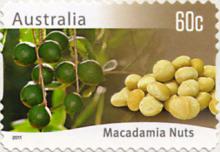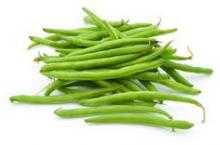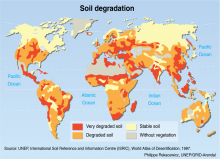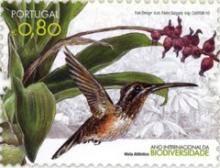De toelaatbare blootstelling aan methylisothiocyanaat wordt overschreden na behandeling van akkers met Metam-Natrium
De emissie van methylisothiocyanaat (MITC) vanuit akkers die behandeld werden met het bodemontsmettingsmiddel metam-natrium (natrium-N-methyldithiocarbamaat) is een potentieel gevaar voor mens en milieu. We hebben de concentraties van MITC gemeten op drie hoogten boven twee akkers na de behandeling met metam-natrium in een dosering van 480 liter ha - 1 (166 kg werkzaam bestanddeel ha - 1) via directe injectie in de bodem. De hoogste MITC lucht concentratie was 7,4 ug m - 3 op 10 cm boven de grond (6-8 uur na het aanbrengen) en de laagste concentratie was 0,2 ug m - 3 op 200 cm boven de grond (30-35 uur na het aanbrengen). De geschatte blootstelling van de luchtwegen aan MITC varieerde tussen 0,35 en 0,02 mg dag -1 in het behandelde gebied. Daarmee wordt de ADI (Acceptable Daily Intake) van 0,001 mg kg lichaamsgewicht -1 voor MITC overschreden.









